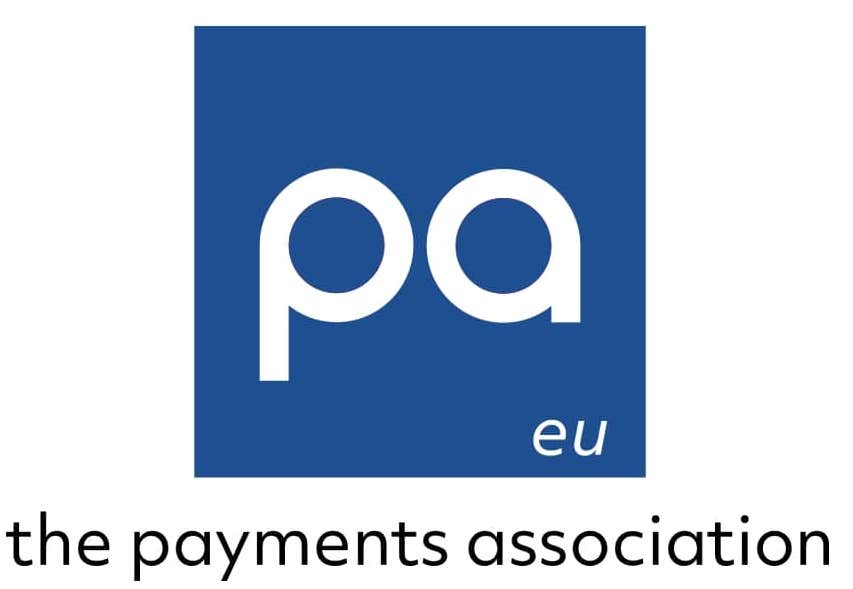How Fintech is Changing the Travel and Hospitality Industries
August 26, 2022
By Paul Marcantonio, Executive Director - UK & Western Europe at ECOMMPAY
Travel spending is showing signs of recovery after the pandemic. However, lifestyle shifts will continue to influence industry trends, especially when it comes to online payments.
The travel and hospitality industries experienced an unprecedented crisis during the COVID-19 pandemic. Entire client bases disappeared, and many experienced staff were forced to find alternative work. With the hospitality sector now largely back in business, operators are nevertheless feeling the pressure — not only from reduced capacity but also from clients who are now used to using the latest digital payment methods to pay for goods and services online.
According to ECOMMPAY’s survey data (in collaboration with Censuswide), almost a quarter of UK consumers (22%) believe that the travel industry could offer better or improved payment services — such as options to pay a deposit or request a refund. The hospitality sector finds itself in a similar situation, with 17% of survey participants seeing the potential for better payment services. In this article, we highlight some of the latest fintech payment trends and the advantages they offer to the industry.Shifting Consumer Payment TrendsUntil around ten years ago, paying for travel or hospitality services by bank or credit card was the only realistic option. However, as post-COVID travel itineraries become more complex (and more expensive) and demographics slowly shift, the industry is beginning to embrace more modern payment methods, including Google Pay and Apple Pay. These payment technologies provide a better experience for clients who are used to tapping on a Smartphone screen to make all their online purchases.
“We now live in an age where there are a plethora of choices. We need to offer as many payment methods as possible to give clients the best experience and keep them engaged. I think that people perceive that a business is progressive and forward-thinking if they see multiple payment choices. It’s an easy win and helps to make your business look more modern.” — Marc Vincent, CFO, Newmarket Holidays.
So what are the latest payment trends gaining popularity in eCommerce, and what advantages do they offer to the travel industry? Here are a few examples:Open BankingOpen Banking is both a technology and regulatory standard that aims to hand control of banking data back to consumers, increasing both transparency and control. The protocol works across the EU and UK and allows users to securely transfer money between accounts and authorise online payments directly from a banking app or website.
Unlike card payments, Open Banking transactions have no intermediaries. In addition, compared to regular transfers that can take 3-5 days to clear, settlement using Open Banking happens within seconds. The service enables a much smoother banking experience and offers significant advantages for travel and hospitality businesses:
- Improved checkout conversion due to seamless, mobile-first payments without the need for manually inputted card data.
- Better acceptance rates, with up to 95% successful transaction rates compared to a 5-14% failure rate with regular card payments.
- Up to an 80% saving on fees compared to traditional card transactions.
- Zero chargebacks, protecting travel agents from fraudulent transactions and hoteliers from no-shows.
- A more user-friendly payment experience for consumers, with enhanced security.
- BNPL offers a degree of financial protection, as payment is received immediately, leaving the BNPL scheme provider to collect instalments.
- When a client pays using BNPL, it may be easier to upsell more expensive packages or upgraded accommodation. This means merchants will often receive more money per client with BNPL than with alternative payment methods.
- Offering alternative payment methods gives customers a greater level of choice, which can often help with conversion at checkout.

